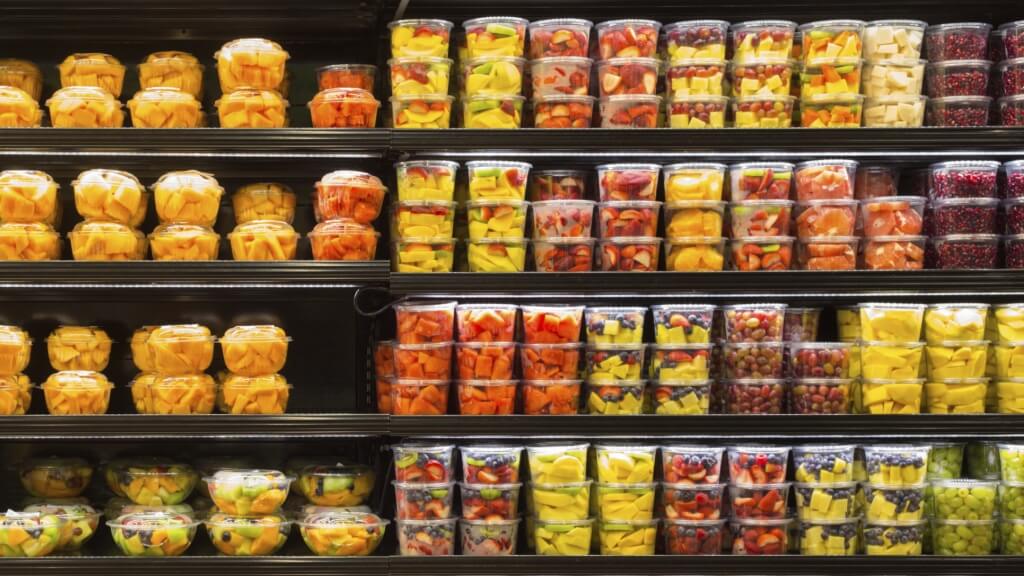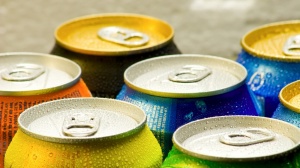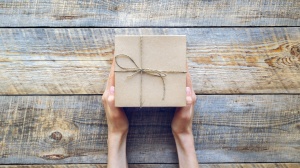Thinking Outside The Box: The Business Benefits Of Bespoke Packaging Design
Whether it's protecting the environment or boosting sales, packaging matters.

Shelf space: the final competition frontier in retail. Far from just holding your product and making it easier to transport, packaging can be (and often is) the deciding factor when consumers are choosing what to put in their basket.
While, according to a Harvard Business School professor 95 percent of new products fail, many businesses ignore the role packaging can play in increasing the success of a product. Instead, many are guilty of cutting corners and not thinking out of the box…no pun intended.
Don’t let bad or unimaginative packaging hold your product back. Here’s how you can make sure packaging design supports your wider business strategy…
Stand out for the right reasons
It doesn’t matter whether you’re a small start-up launching your first product or a market-leading global company with a portfolio of brands, packaging design can help you differentiate from your competitors and engage your audience.
From the outset, packaging should be thought of as a marketing vehicle to be leveraged. After all, if a product sells itself on the shelf you can expect to sell more with less.
However, if it isn’t broke, don’t fix it. If you think packaging can solve all your problems but you have an underlying issue with your product or strategy, it’s not worth investing time and money into what should be discussed further down the line.
If you’re 100 percent confident in your product, that’s when packaging design can help ensure the hard work pays off.
Get creative with decorative techniques
Packaging design is an opportunity to translate your brand identity and values directly onto your product. Unfortunately, many businesses don’t think of it this way.
There are many influencing factors when it comes to packaging performance, but aesthetics – such as unique shapes, colours, textures and graphics – are becoming more and more important to catch a consumer’s eye. Even more so for the “Instagram” generation, used to seeing aesthetically perfect images from their friends, influencers and brands alike.
Decorative techniques shouldn’t be reserved for secondary packaging (i.e. the box the product sits within). Primary packaging, including glass and plastic bottles, caps and closures, can also benefit from a little creative thinking.
Methods such as etching (resulting in the loss of transparency on glass); metalisation (a metallic effect coating); hot stamping (a textured foil image); screen printing (durable ink transfers) and anodising (mechanically polished aluminium) can all help to introduce your brand identity and values directly onto your product.
Functional features
Whether you’re bringing a new product to market or planning a re-launch, you’ll need to think beyond just aesthetics. While stand-out packaging will catch a consumer’s eye, functionality will keep them coming back.
Convenience is key; a recent survey found people are willing to pay anywhere from 10 to 50 percent more for functional packaging which ensured a longer shelf life, made it easier to open and use, and was more compatible with their lifestyle.
Functionality can come in many forms. For example, providing water resistance, insulation, and added durability, or be reusable, child-resistant and easy-to-open and reseal. Value-added functionality can also bring many business benefits too, cutting the amount of packaging materials, reducing transportation costs and the risk of damage, as well as allow you to reach a higher price point.
However, there is no silver bullet when it comes to re-designing packaging; it is often a process of trial and error. Consulting senior team members can help you gain a more accurate picture of what the current problems may be and how functional packaging could help solve them, as well as speaking directly with customers via small focus groups.
Once you’re set on what design you’d like to test out, 3D modelling can be an extremely valuable tool. As too is 3D printing, enabling you to test for feasibility, durability and performance in order to make design tweaks instead of finding out the hard way there’s a problem.
Going green
Sustainability is currently a huge lifestyle trend as concerns and awareness grows over climate change. By 2020, Millennials will make up 30 percent of all retail purchases and front of mind for this cohort is environmental issues. So much so, introducing sustainable packaging features is no longer an option - it’s a necessity.
Packaging design is a key way brands can become “greener”. Whether it be switching to a plastic alternative, using organic materials, or introducing innovative low impact manufacturing techniques, making your packaging more sustainable will require investment in R&D to ensure your packaging standards are upheld and your product or brand image doesn’t suffer.
Once you’ve settled on a sustainable packaging option, don’t make the switch straight away. Practice what you preach and use up all of your old packaging before introducing your eco-friendly packaging design to customers. That way, nothing goes to waste.
Rich Quelch is Global Head of Marketing at Lifestyle Packaging.
Thanks for signing up to Minutehack alerts.
Brilliant editorials heading your way soon.
Okay, Thanks!

